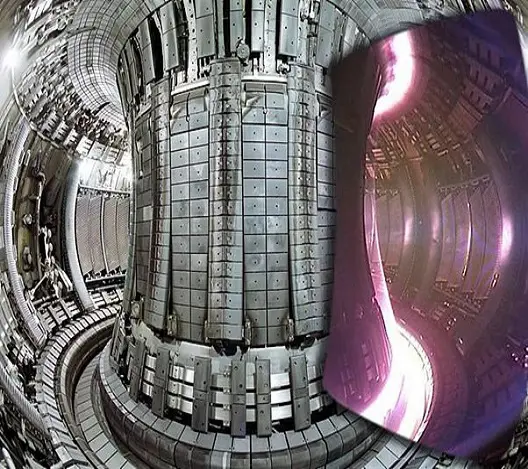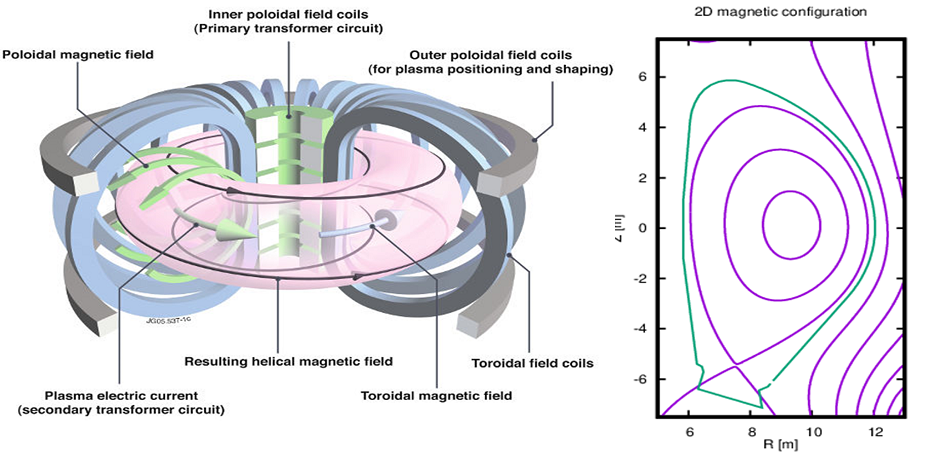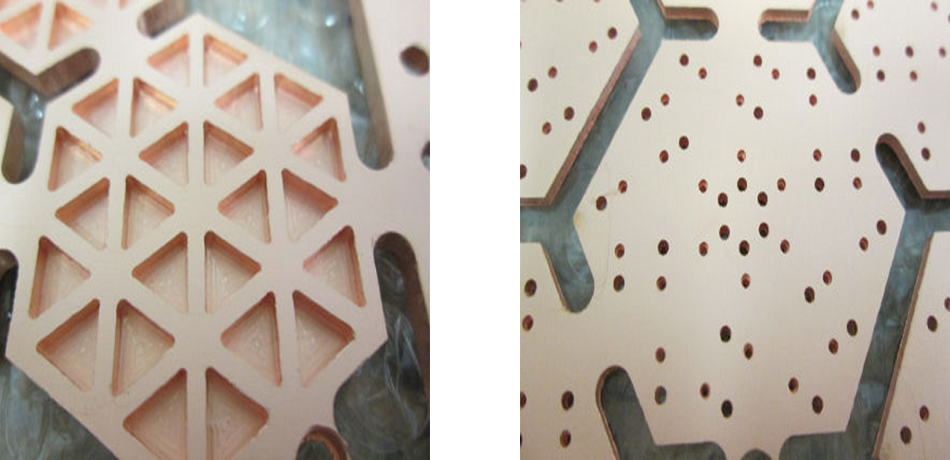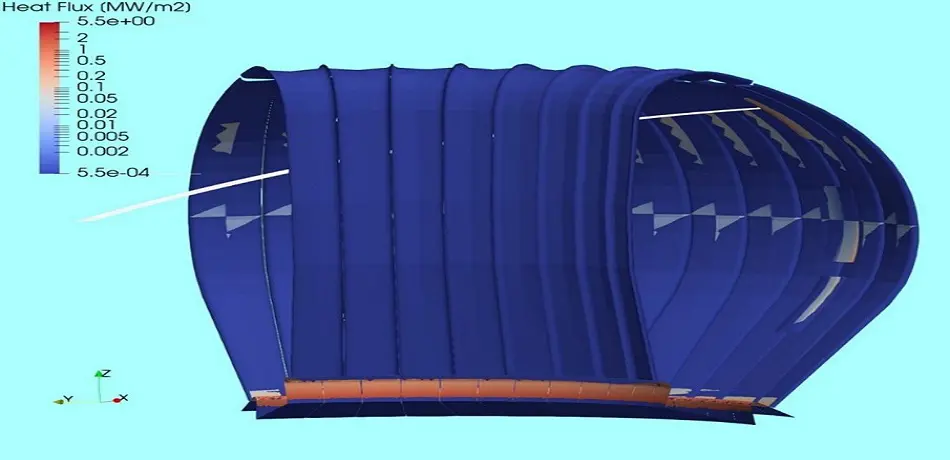Oxford Thermofluids Institute | Research - Research Groups: High Heat Flux Cooling Group
High Heat Flux Cooling Group

The Road to Fusion Power
With global electricity consumption expected to grow steadily over the next 50 years, nuclear fusion has the potential to play a pivotal role in the energy mix during the latter half of the century. One of the outstanding issues to achieving net power from fusion is a robust means of handling the extreme thermal loads within the device.
To address these unique challenges, several research programs are being undertaken at the OTI in association with several public and private organisations. The main areas of research are:
- Development of test facilities capable of experimentally recreating the thermal boundary conditions found in a tokamak fusion reactor through the use of high-powered lasers and non-imaging optics.
- Application of cooling techniques from the aerospace industry to the development of heat sink modules capable of withstanding the heat loads characteristic of a divertor (5 – 15 MW/m2). a
- Design of sacrificial plasma-facing components (i.e. limiters) to withstand transient extremely high heat loads without losing their cooling system integrity, by applying ablative material technology from aerospace industry and cooling systems suitable for both normal operation and off-normal transient scenarios foreseen for the European fusion power plant DEMO. a
- Development of a complete workflow for design optimization of Plasma-Facing Components involving the manipulation of plasma scenario magnetic configuration, calculation of heat load due to plasma-wall interaction and engineering design and assessment. a
- Computational modelling of free-surface liquid metal flows in fusion-relevant, magnetohydronamic conditions. b
- Development of non-invasive techniques to measure film thickness for liquid metals flowing on divertor and limiter surfaces in fusion devices (with University of Illinois, Urbana-Champaign Centre for Plasma-Material Interactions). b
- Development of gas cooling technology for components in the divertor and first wall regions of a spherical tokamak, with a specific focus on the thermo-hydraulic performance of supercritical CO2 cooling systems. b
a In collaboration with the Culham Centre for Fusion Energy and EUROfusion
b Sponsored by Tokamak Energy Ltd

A representation of a tokamak’s main magnetic components (L) and the plasma magnetic equilibrium during normal operation (made using SMARRDA) (R)

Layers of the stacked-plate heat sink developed at the OTI

Group Publications:
- Z. Jackson, A. Bebb, P. T. Ireland, J. Nicholas, “Combining high power laser modules with compound parabolic concentrators to test components at high heat fluxes”, Applied Thermal Engineering, 250 (2024), DOI: https://doi.org/10.1016/j.applthermaleng 2024.123383.
- J. Nicholas, P. T. Ireland, D. Hancock & D. Robertson, “Development of a high-heat flux cooling element with potential application in a near-term fusion power plant divertor”, Fusion Engineering and Design, vol. 96-97 (2015) 10.1016/j.fusengdes.2015.03.033
- J. Nicholas, P. T. Ireland, D. Hancock & D. Robertson, “Manufacture and Initial Thermo-Fluid Measurements on a Heat Sink Module for Potential Applications in a DEMO divertor”, Fusion Science and Technology, 72:4 (2017), 566-573, DOI: 10.1080/15361055.2017.1350483
- J. Nicholas, P. T. Ireland, D. Hancock and D. Robertson, "Development of a heat sink module for a near-term DEMO divertor", Fusion Engineering and Design, vol. 133 (2018) 10.1016/j.fusengdes.2018.05.070
- Z. Jackson, J. Nicholas and P. Ireland, "Development of a 1D thermofluid code for divertor target plate modeling", Fusion Engineering and Design, vol. 147 (2019) 10.1016/j.fusengdes.2019.06.010
- J. Nicholas, P. T. Ireland, D. Hancock & D. Robertson, “A comparative figure of merit for the development of high-heat flux cooling components”, submitted to the Journal of Heat and Mass Transfer, (2020)


